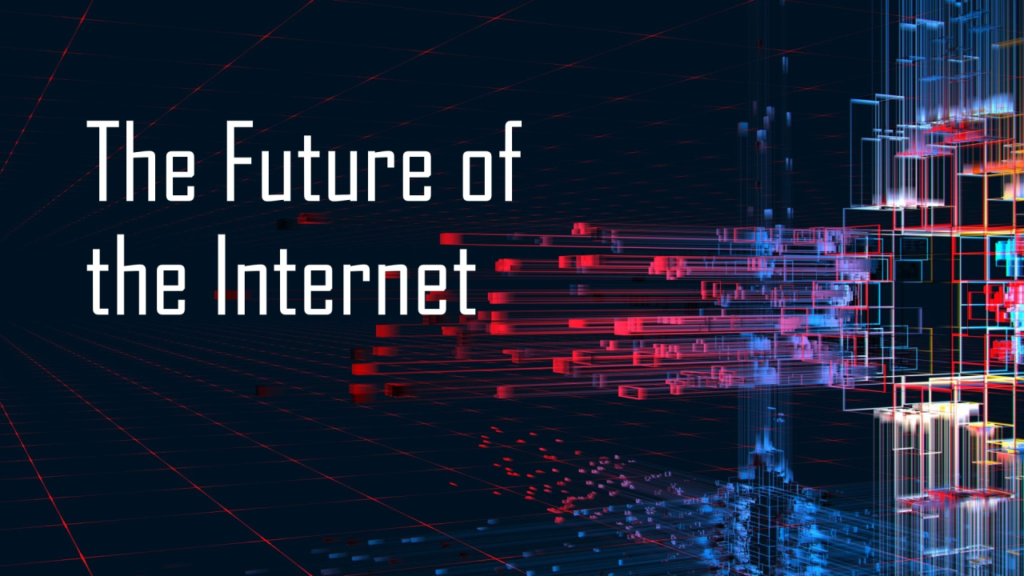
The Internet, a groundbreaking creation of modern technology, continues to evolve with three distinct visions guiding its future development: Web 3.0, Web3, and the semantic web. In this exploration, we delve into the essence of these concepts, their interconnections, and their potential impacts on the digital landscape.
Web 3.0: The Expansive Vision
Web 3.0 stands as the most comprehensive vision for the Internet’s future, integrating and expanding upon the ideas of its predecessors. While Web 2.0 marked a significant shift with user-modifiable applications and technological innovations, Web 3.0 takes the next step, asking, “What’s next?” This iteration of the web aims to transcend the current state, making today’s web seem prosaic in comparison.
In the ongoing evolution from Web 2.0 to Web 3.0, certain technologies have emerged as pillars of the current landscape, creating what some term as Web 2.5. The cloud, reactive frameworks like React, and NoSQL data stores define this intermediate phase. However, the true essence of Web 3.0 lies in the groundbreaking technology of blockchain.
Web3: Blockchain’s Realm
Web3, though often used interchangeably with Web 3.0, denotes a distinct and parallel realm of blockchain innovations. Blockchain, the forward-thinking technology underlying Web 3.0, operates fundamentally differently from previous Internet architectures. Its decentralized nature challenges traditional paradigms and holds the potential to reshape the Internet’s structure.
As blockchain gains prominence, Web3’s influence on Web 3.0 becomes apparent. While blockchain is not technically Web 3.0, its role in shaping the Internet’s future is undeniable. The distinction between the two lies in their focus – Web 3.0 encompasses the overall character of the next web, while Web3 specifically refers to blockchain innovations.
The Semantic Web: Transforming Information into Knowledge
Introduced by Tim Berners-Lee, the semantic web seeks to transform the Internet from a mere database into a knowledge base. By incorporating metadata that describes the meaning, intent, and relationships of data, the semantic web aims to create a machine-navigable web of interconnected resources. Despite its pedigree and potential, the implementation of the semantic web faces challenges in rethinking application architectures and abandoning familiar technologies.
Generative AI and the Fusion of Trends
The convergence of the semantic web and Web3 sets the stage for two powerful trends shaping the future of Web 3.0: decentralization and data linking. The semantic web’s quest for meaningful data intersects with the rise of generative AI, driven by advances in large language models. While the semantic web progresses slowly, generative AI breathes life into inert information, creating a more contextual and relatable web.
Generative AI, despite potential hype cycles, stands poised to significantly influence Web 3.0. Its impact on data semantics, context, and relatability aligns with the goals of the semantic web. As these trends unfold, questions arise about whether generative AI represents a total upheaval or a natural progression in the web’s evolution.
Blockchain, AI, and the Future Landscape
The future of the web lies at the intersection of traditional applications and blockchain innovations. Currently disrupting the financial industry, blockchain’s influence extends to identity, authorization, and beyond. Generative AI, serving as both a coding assistant and a tool in software, augments applications and eases the interface between users and data.
In contemplating which technology will exert more influence over the Internet’s future, blockchain emerges as a differentiating force. While generative AI enhances existing procedures, blockchain introduces trustless, public, and secure computing, fundamentally altering the Internet’s fabric.
Conclusion: The Melding of Technologies
In conclusion, Web 3.0 represents the culmination of Web 2.0 techniques with the integration of blockchain, semantics, and generative AI. The future Internet will witness a gradual melding and refinement of this concoction, where the winners will be the technologies and teams adept at navigating the intricate balance between tradition and innovation.
